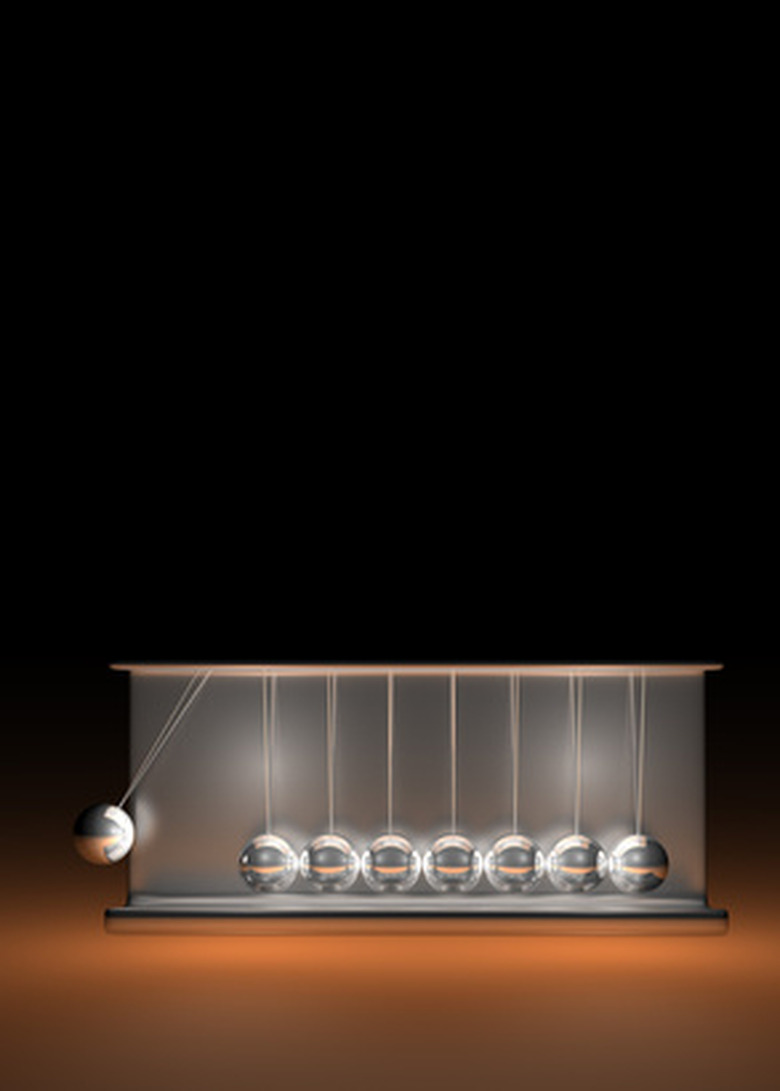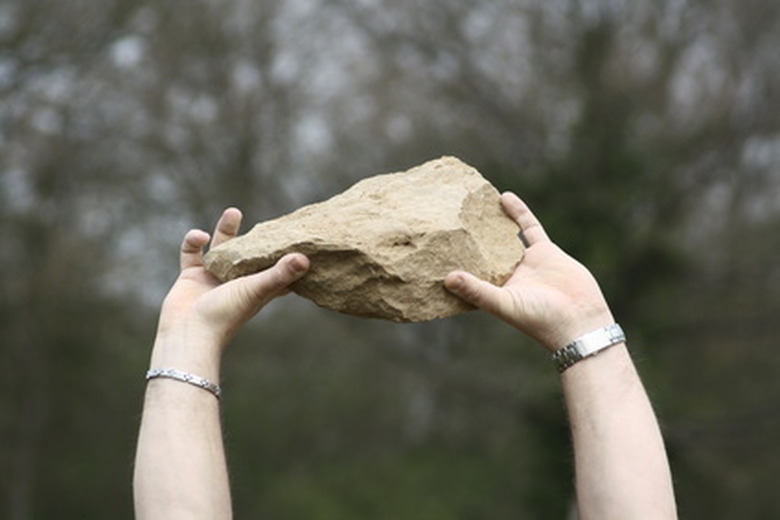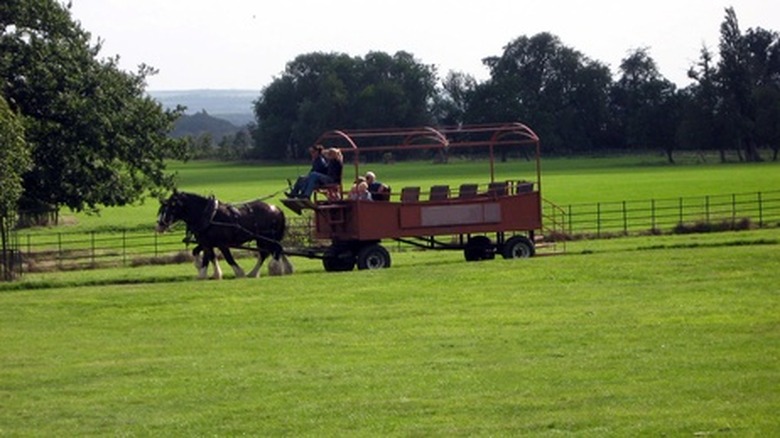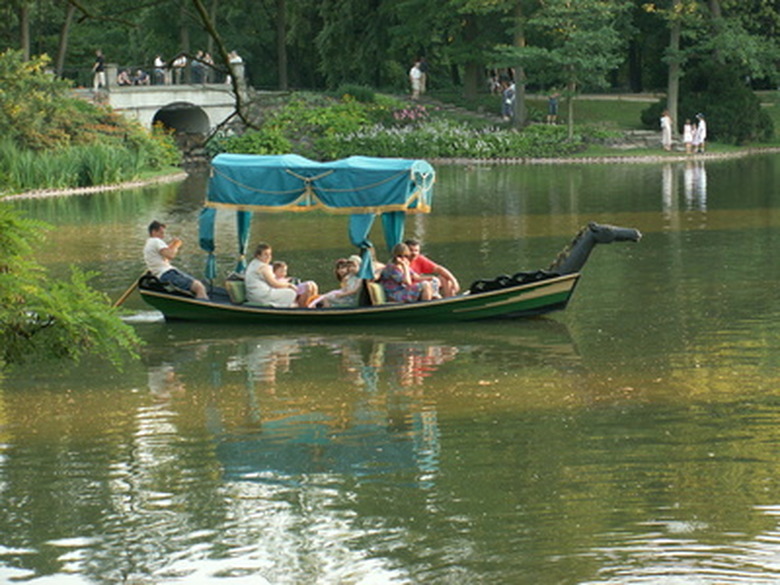Newton's Laws Of Motion
The laws that govern motion eluded scientists, philosophers and other great thinkers until the 17th century. Then, in the 1680s, Isaac Newton proposed three laws that explained how inertia, acceleration and reaction influence the motion of objects. Along with Newton's law of gravitation, these laws formed the basis of classical physics.
The Law of Inertia
The Law of Inertia
Newton's first law of motion, also known as the law of inertia, states that objects neither move nor cease to move on their own. An object only changes its state of motion when acted on by an outside force. A ball at rest, for example, will remain at rest until you push it. It will then roll until friction from the ground and the air brings it to a halt.
The Law of Acceleration
The Law of Acceleration
Newton's second law explains how external forces affect the velocity of an object in motion. It states that acceleration of an object is directly proportional to the force that causes it, and inversely proportional to the object's mass. In practical terms, this means that it takes more force to move a heavy object than a light one.
Consider a horse and cart. The amount of force the horse can apply determines the cart's speed. The horse could move faster with a smaller, lighter cart in tow, but its maximum speed is limited by the weight of a heavier cart.
In physics, deceleration counts as acceleration. Thus, a force acting in the opposite direction of a moving object causes an acceleration in that direction. For example, if a horse is pulling a cart uphill, gravity pulls the cart downward as the horse pulls upward. In other words, the force of gravity causes a negative acceleration in the horse's direction of motion.
The Law of Reaction
The Law of Reaction
Newton's third law states that for every action in nature, there is an equal and opposite reaction. This law is demonstrated by the act of walking or running. As your feet exert force down and backward, you are propelled forward and upward. This is known as "ground reaction force."
This force is also observable in the motion of a gondola. As the driver presses his punting pole against the ground beneath the water's surface, he creates a mechanical system that propels the boat forward along the water's surface with a force equal to that which he applied to the ground.
Cite This Article
MLA
Callahan, Rob. "Newton's Laws Of Motion" sciencing.com, https://www.sciencing.com/newtons-laws-motion-7258289/. 24 April 2017.
APA
Callahan, Rob. (2017, April 24). Newton's Laws Of Motion. sciencing.com. Retrieved from https://www.sciencing.com/newtons-laws-motion-7258289/
Chicago
Callahan, Rob. Newton's Laws Of Motion last modified March 24, 2022. https://www.sciencing.com/newtons-laws-motion-7258289/



